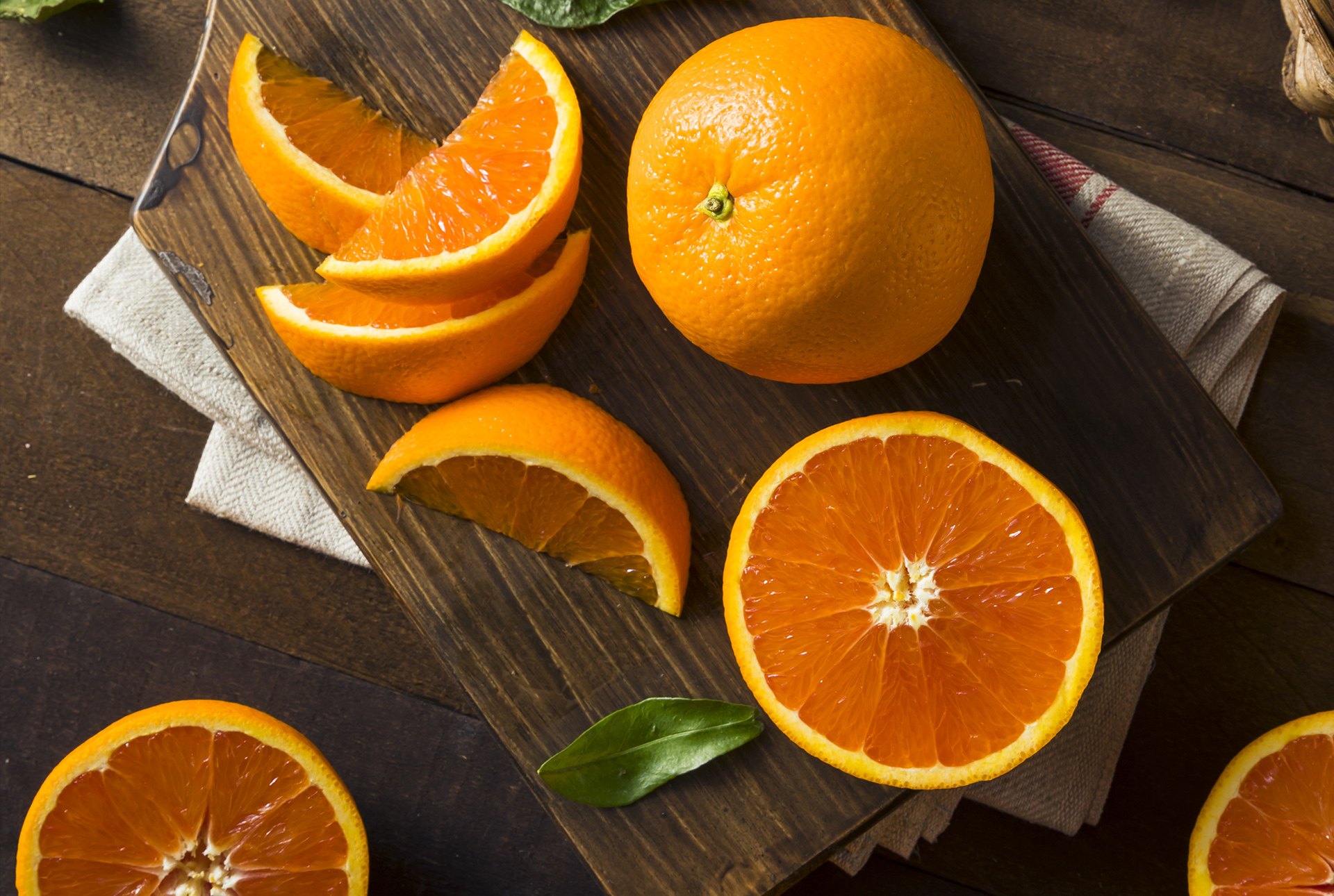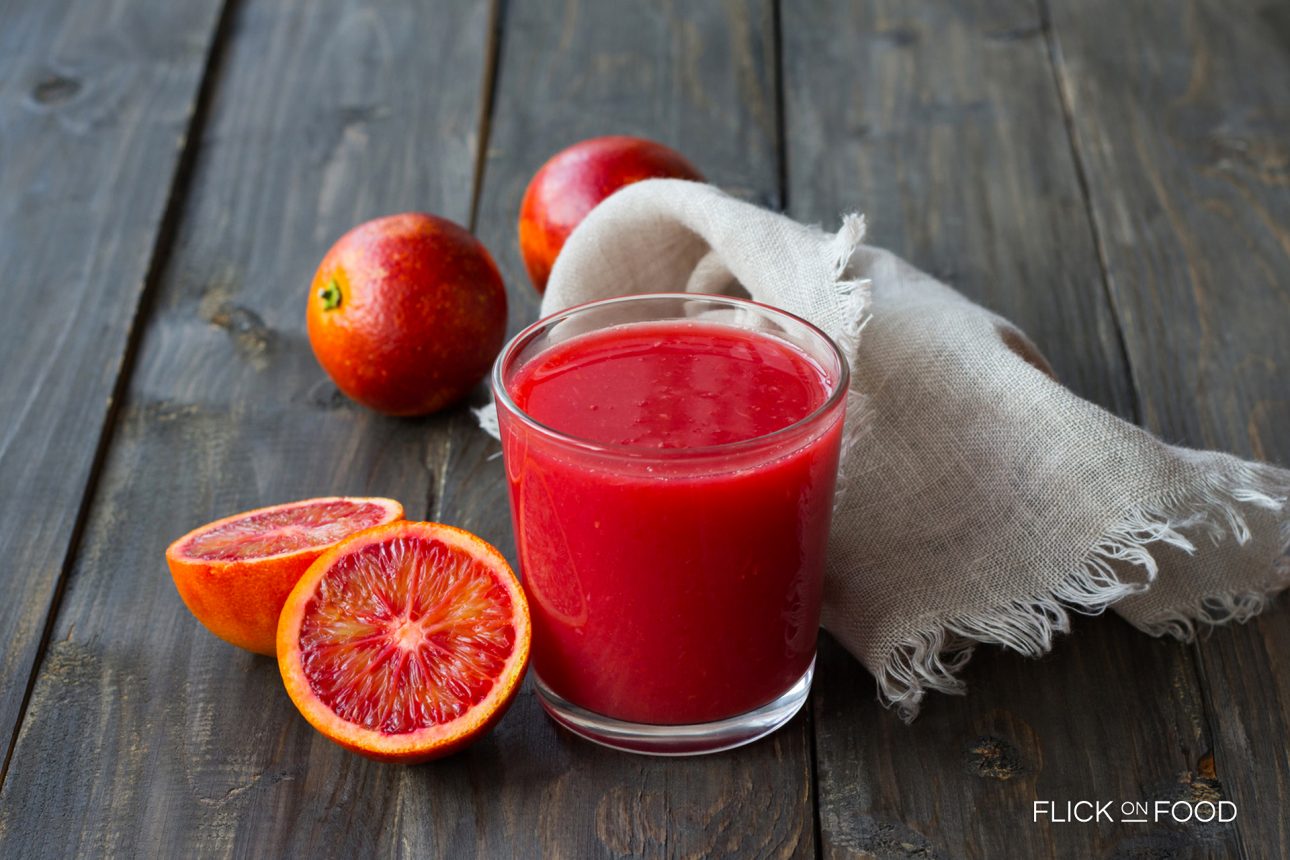
This variety is seedless with a thin peel, perfect for juicing.
Origin
The Washington Navel orange is part of the sweet navel orange family—the type with a slight protuberance on one side, a bit like a belly button or navel. They are associated with an American city where a group of agronomists wanted to observe the growth of new grafts after a spontaneous genetic mutation of a branch of the cultivar Selecta, which then gave rise to this new variety of citrus. These oranges are the second most widely cultivated type in the world, after Valencia oranges. In Italy they are mainly grown in western Sicily, Puglia, Sardinia and Metaponto. Washington navel oranges are fairly large and round but slightly oval shaped. They ripen between December and March. Key features of this variety are a thin peel and firm pulp, as well as a bright orange color which varies by level of ripeness.
In The Kitchen
They are easy to digest and are seedless with a thin skin, so they’re great to peel and eat plain or in a fruit salad. Those same features also make them the best variety for juicing. They are excellent paired with vegetables in an autumn salad, or for the famous Sicilian salad with fennel and orange. The peel is rich in oil including the famous sweet orange essential oil which is used to make liqueurs. And this orange variety is not just for desserts. For example, in Michelin starred restaurants they often accompany fish dishes, especially in Sicily. Just think of the pairing with Mazzara del Vallo prawns.
Did you know
Rich in vitamins and minerals, this variety of orange is a real cure-all, especially during the autumn and winter. They make a great fresh squeezed juice, and not only do these sweet oranges help fight seasonal bugs, they are also helpful for people with digestive problems. They also act as a natural anti-aging toner for the skin: soak a cotton ball in the juice or pulp and you can see the benefits right away against dullness and facial wrinkles.






